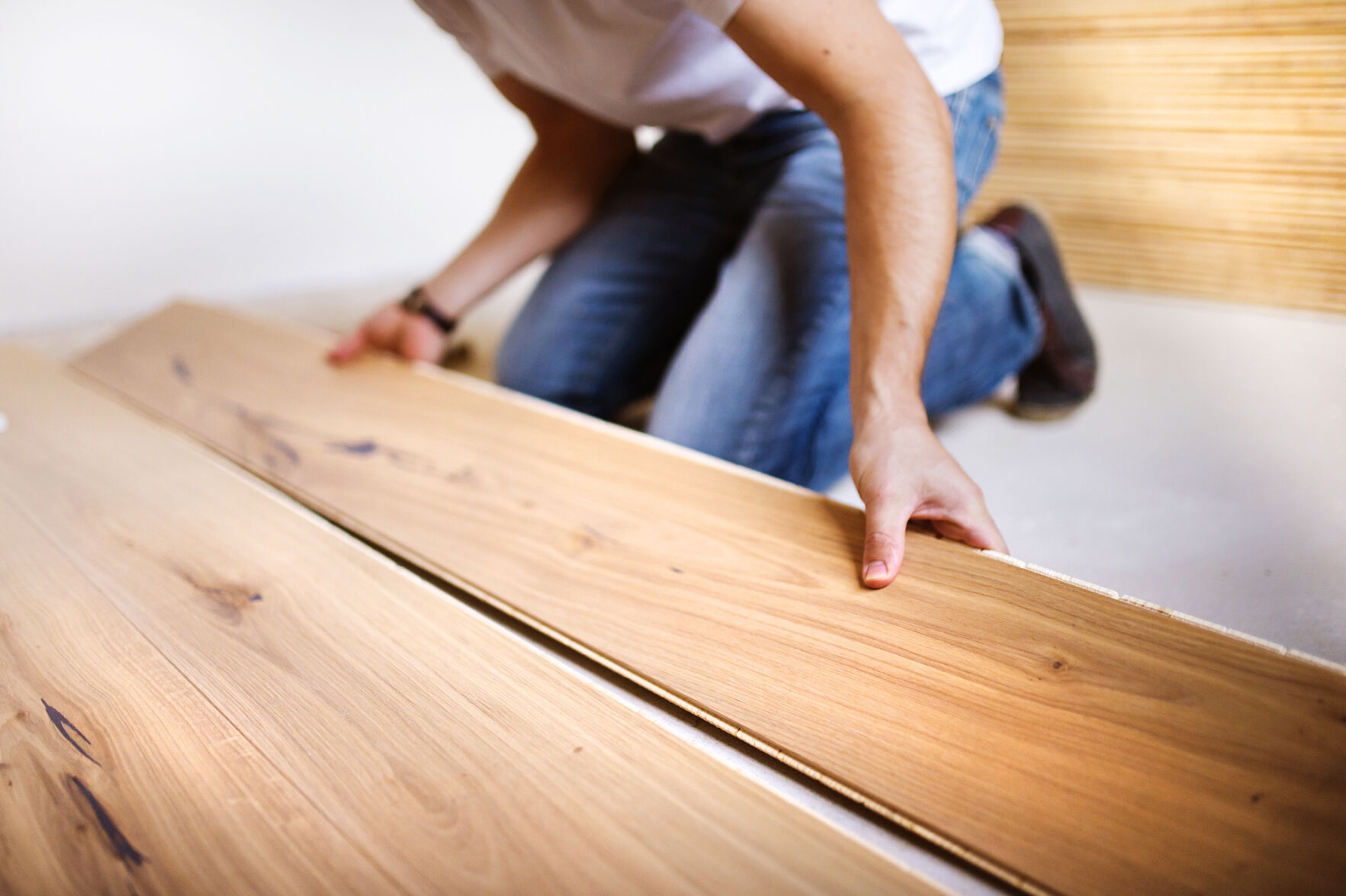
Depending on the material, flooring systems can last 15 to over 100 years. Laminate is on the lower end of that range, with an average lifespan of 15 to 25 years. By contrast, wood, granite, marble, and slate are some of the longest-lasting.
However, those figures also depend on other factors, such as proper installation. Conversely, improper installation can cause or contribute to premature wear, tear, and failure.
To that end, this guide on the top bedroom flooring installation mistakes was created. So read on, and enjoy tips on how to avoid them.
1. Incorrect Budgeting
Of your different options for bedroom flooring, laminate often costs the least. After all, it has the shortest lifespan and is among the easiest to install. On the other hand, the longest-lasting materials, such as wood, cost more to install.
However, the floor material isn't the only cost you must consider. The subfloor and the need for additional floor leveling are other considerations. Likewise, you must factor in professional labor costs if hiring a flooring installer.
2. Inadequate Subfloor Preparation
Replacing bedroom flooring systems requires a thorough inspection of the subfloor first. This is the surface where you (or a pro) will lay your new bedroom floor. Therefore, it must be level; otherwise, it will cause your new floor to be uneven.
Uneven floors aren't only unsightly; they're also a slipping, tripping, and falling hazard. Indeed, floors and floor materials contribute to over 2 million fall injuries in the U.S. annually.
If your subfloor has shallow waves or dips, fix them with a self-leveling compound. If the slopes are higher, call a flooring professional for help.
Aside from leveling, you must also thoroughly clean the subfloor. This is because dirt or debris can affect the new floor's adherence to the subfloor. If that happens, the two won't stick together, and the top layer may buckle and dislodge.
3. Forgetting to Check for Moisture
Before installing your new floor, take moisture readings of your subfloor first. Do this in multiple areas; for example, near each corner and a few in the middle.
This step is vital because high moisture levels can impair the new floor's adhesives. This can result in bond failure, discoloration, product delamination, bubbling, or curling. It can also cause mold and mildew growth on and within the flooring.
Testing is especially crucial for wood floors, as moisture can cause them to rot. So, to make a new hardwood floor last as long as possible, please don't skip this step. You can also learn more about hardwood flooring here.
You can test your bedroom floor's moisture levels with a calcium chloride kit. You can also use a relative humidity meter or a concrete-specific moisture meter. All three are typically available in most home improvement stores.
The ideal moisture content of a subfloor depends on a property's location. It's 9% or less for homes in the West, 11% or under in the Northeast, and 14% or lower in the Southeast. As for the Coastal West, it should be within 11% to 14%.
Avoid These Costly Bedroom Flooring Installation Mistakes
Remember: Flooring installation costs over $3,000 on average. That's steep enough, but you might shell out even more if you're not careful. That's enough of a reason to avoid common bedroom flooring installation mistakes.
For more home-related tips and tricks like this, check out the rest of our blog now!
Here are Some Other Articles Related to Your Search:
Different Flooring Options for Every Room
How To Handle Damp Concrete Floors?
What Differences Are There between Laminate Floors and Wood ones?




(0) comments
We welcome your comments
Log In
Post a comment as Guest
Keep it Clean. Please avoid obscene, vulgar, lewd, racist or sexually-oriented language.
PLEASE TURN OFF YOUR CAPS LOCK.
Don't Threaten. Threats of harming another person will not be tolerated.
Be Truthful. Don't knowingly lie about anyone or anything.
Be Nice. No racism, sexism or any sort of -ism that is degrading to another person.
Be Proactive. Use the 'Report' link on each comment to let us know of abusive posts.
Share with Us. We'd love to hear eyewitness accounts, the history behind an article.